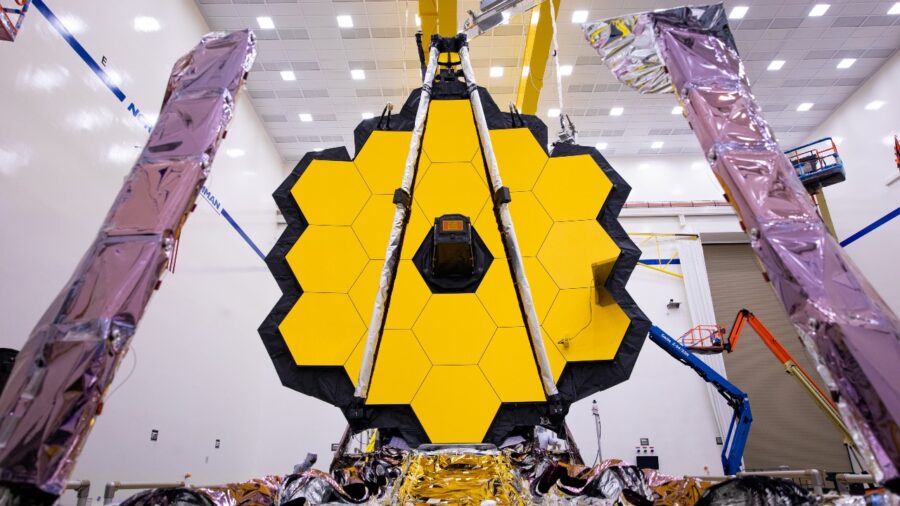Two Super-Earths Discovered And One Might Have Life
Two new exoplanets known as super-Earth planets have been discovered, and one could be habitable.
It seems that astronomers are continuing to make amazing discoveries. With more high-powered telescopes like the James Webb Space Telescope, more stars, galaxies, and planets are being studied more closely. Scientists have now discovered two super-Earth planets that are orbiting a red dwarf star some 105 light years away. What makes this discovery more exciting is that the astronomers are now inferring that at least one of those planets could be habitable.

Based on the distance of both of those exoplanets that have been discovered, it has been determined that one of the super-Earth planets is in a “habitable zone.” This is an exciting discovery as there are not many times where exoplanets have been discovered in a habitable zone and have rocky surfaces similar to Earth. These planets were discovered by data collected from NASA’s TESS exoplanet-hunting telescope. That just sounds like a cool telescope name. The red dwarf, known as LP 890-9 (aka as TOI-4306), was being studied when astronomers discovered that one of the exoplanets had been orbiting between us and the star. These passages, or transits, happened over a 2.7-day period. Plenty of data can be gathered from these transits, allowing scientists to determine the orbital period of the planet and the diameter of the planet based on how much the starlight dims from the planet’s orbit.
More data had to be gathered using other instruments. Colder stars like the LP 890-9 being studied emit most light in infrared, which cannot be picked up as well by the NASA TESS telescope. More telescopes were used, called the SPECULOOS (Search for habitable Planets EClipsing ULtra-cOOl Stars) consortium. These telescopes can pick up near-infrared wavelengths, which were emitted by the TOI-4306 (red dwarf). This determined the existence of the LP 890-9b, one of the super-Earth exoplanets orbiting the star. The team then looked for any more worlds that the TESS may have missed, and they discovered an additional planet called LP 890-9c. This planet was more distant than the one initially discovered and holds an orbital period of 8.4 days.
Using radial velocity measurements, the astronomers were able to determine the mass and gravitational pull of these super-Earth planets. They determined that LP 890-9b is 1.32 times the diameter of Earth and 12 times the size of its mass. LP 890-9c is around 1.37 times the diameter of Earth and up to 25 times the mass. The measurements of these planets are consistent with rocky worlds like Earth, Mars, and Venus. They do not match up with icy worlds like Jupiter or Neptune.
More data needs to be determined but the LP 890-9c further super-Earth planet could be the one that can host life. The problem is that this red dwarf that the plant is orbiting has much cooler and dimmer than the sun. Although the planet is in the habitable zone where water can sustain itself on the planet, that doesn’t mean the atmosphere of the planet is going to be favorable for humans. Still, this is a fascinating discovery. More data is being collected on the planet’s atmosphere and we are likely to find out if it’s habitable in the coming months.












